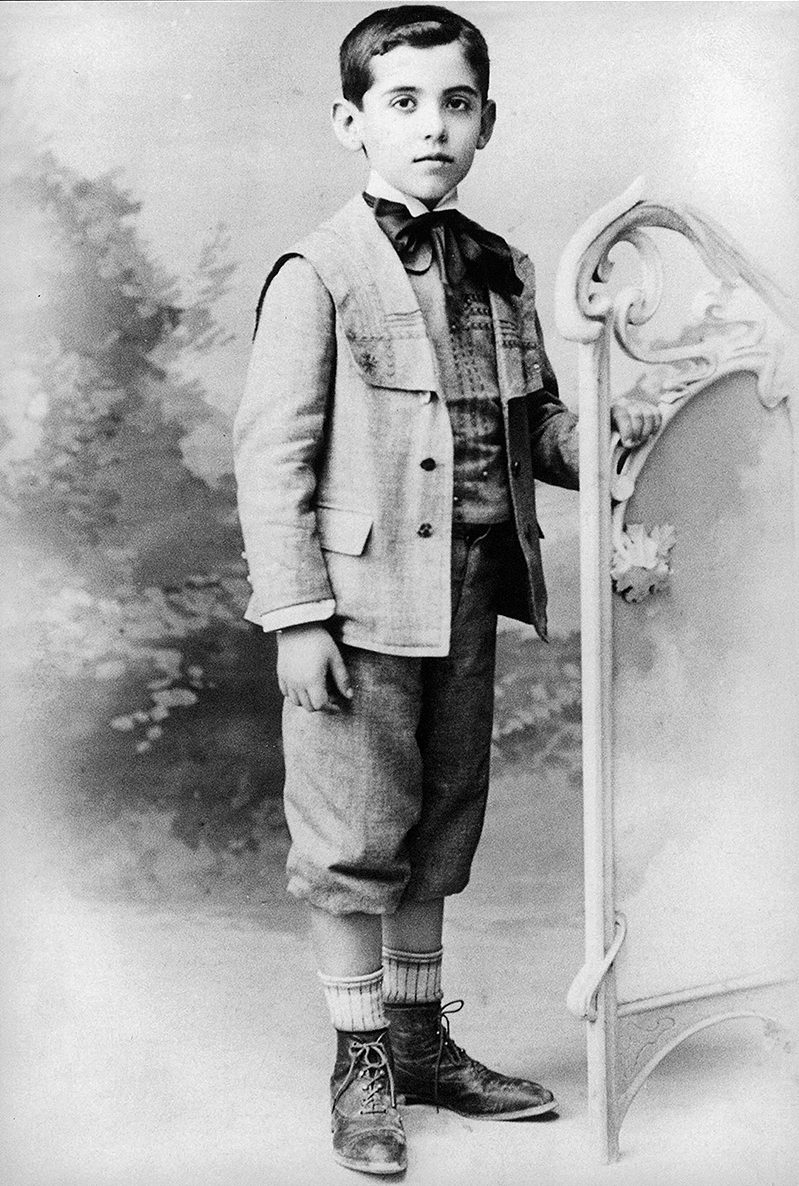The family of Federico García Lorca moved to Asquerosa (Disgusting) (later Valderrubio) around 1906 because of the multiple businesses that his father had there. They first lived in a house in Ancha Street, next to the parish, but only for a short time,and then moved to a large farmhouse located at 20 Iglesia Street which became a permanent home until 1907, the year in which he continued his schooling in Almería, where he passed the high school entrance exam and then, until 1926, in a summer residence.
The fountains of La Teja and La Carrura, about 500 meters from Valderrubio, were places of inspiration for his first poems.

In Asquerosa, among poplar groves, fountains and rivers, as a teenager he experienced his “first artistic wonder”, trained as a musician, first tried his hand at literature and wrote the compositions that were to become Book of Poems, Songs and Suites. La Vega’s influence, however, was deeper and more lasting and appeared more or less explicit in the Divan del Tamarit.
Asquerosa-Valderrubio inspired one of his last plays, The House of Bernarda Alba, based largely on authentic events and characters, arousing some family confrontations, and some scenes from Yerma and Blood Wedding.
The fountains of La Teja and La Carrura, about 500 meters from Valderrubio, were places of inspiration for his early poems. Much of his youthful work originated on the banks of the Cubillas. “In that paradise,” recalls his sister Isabel García Lorca, “among the poplar groves of the discreet river, which is the Cubillas, a tributary of the Genil, he spent hours writing.”